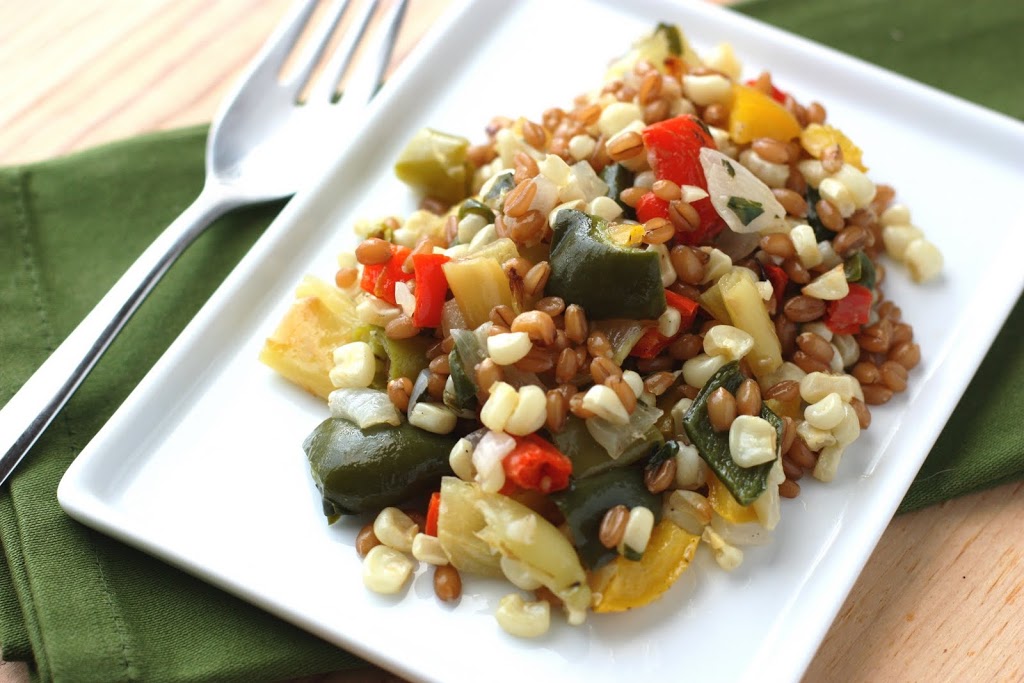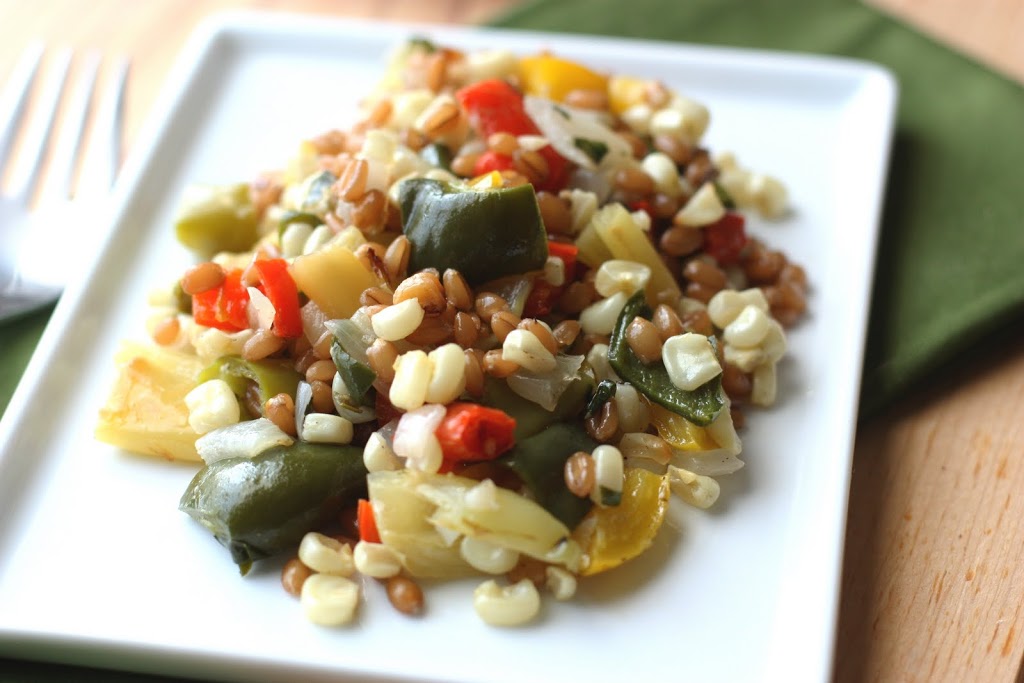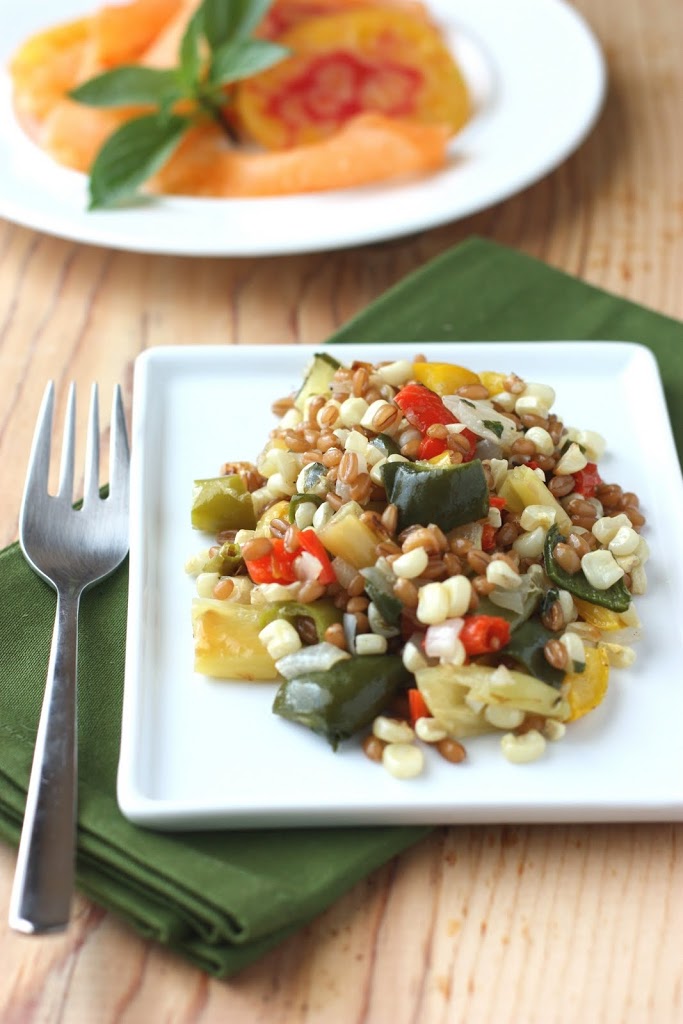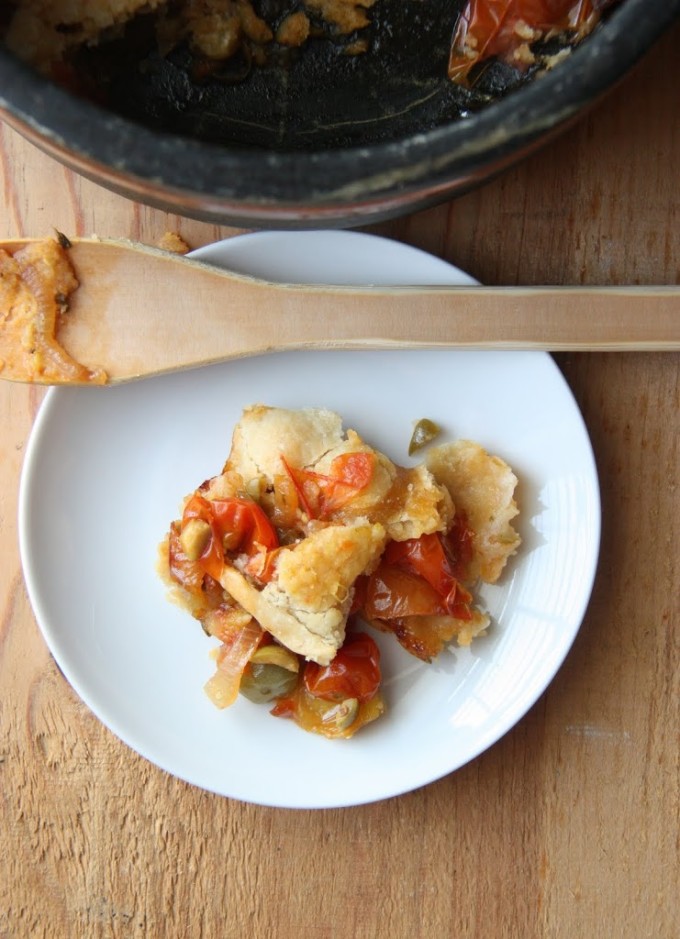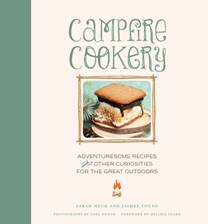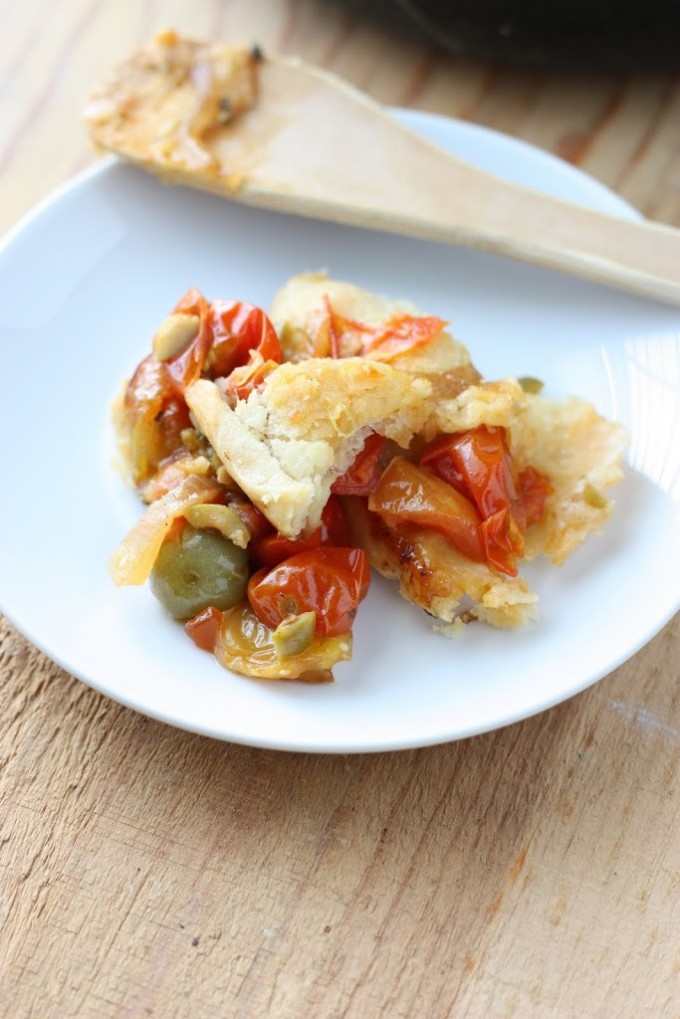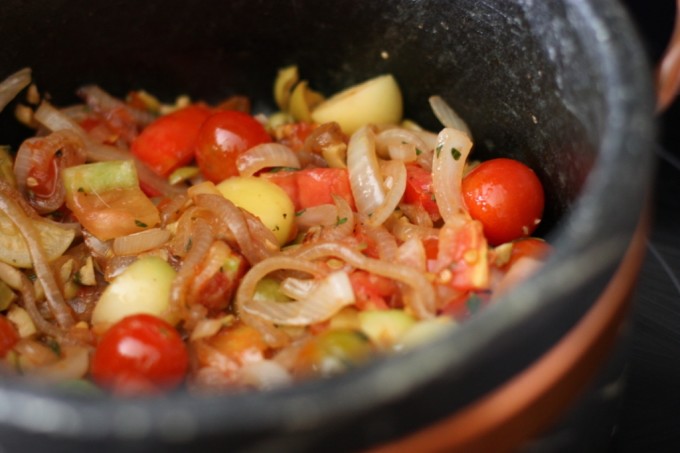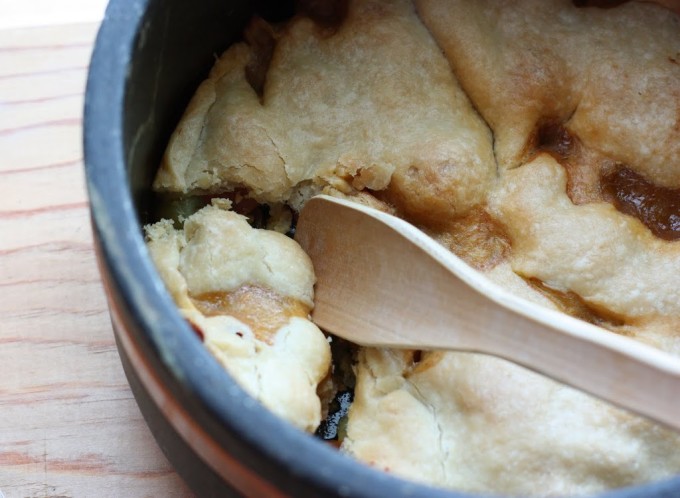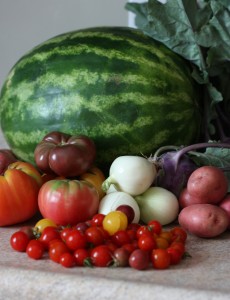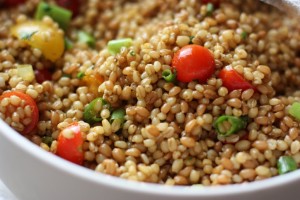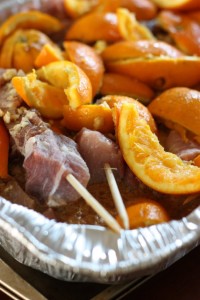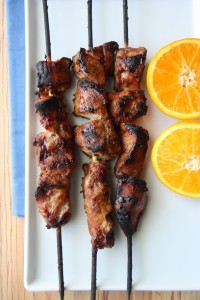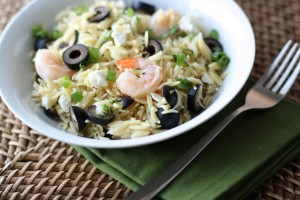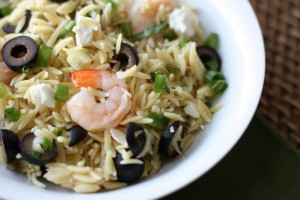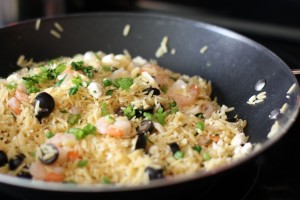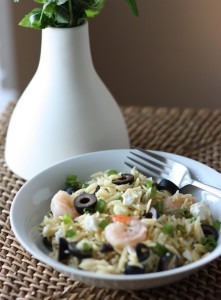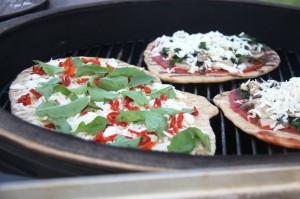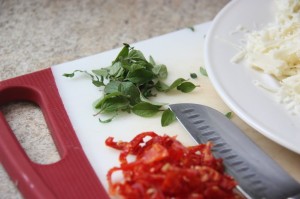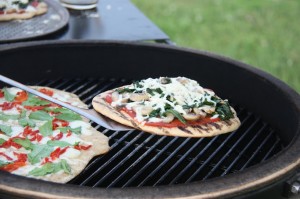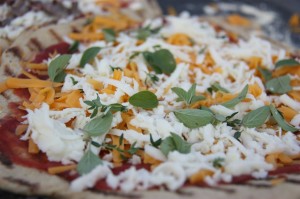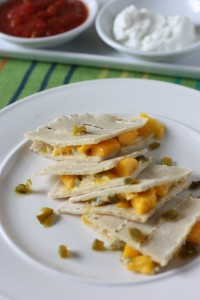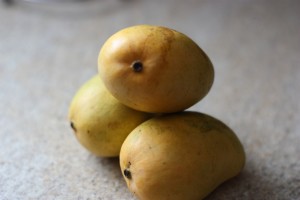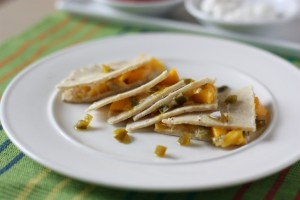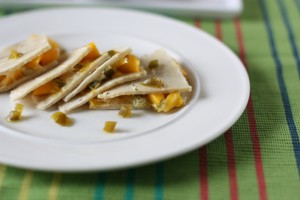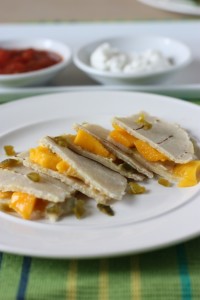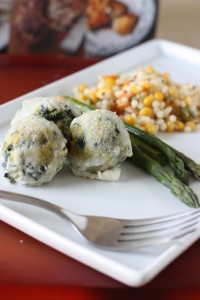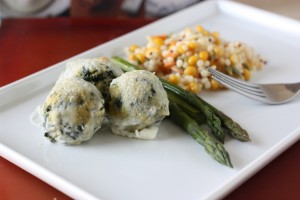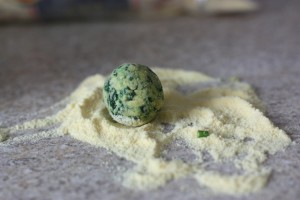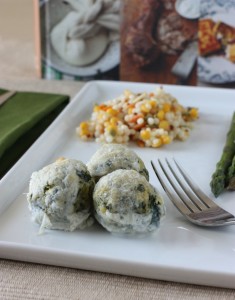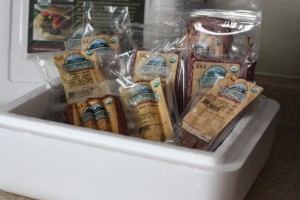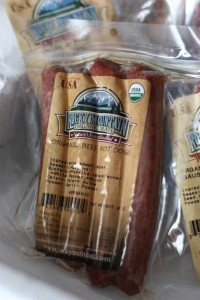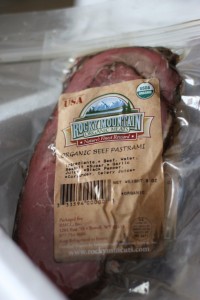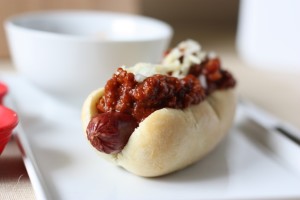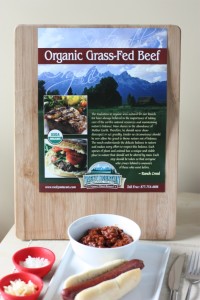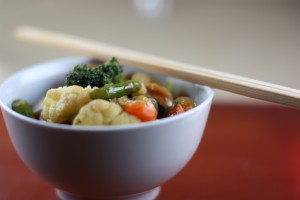I remember the first time I tasted goat cheese and I can remember how much I disliked it. That tart, tangy flavor was so foreign to me, like nothing I’d had before.
I’m not exactly sure what happened. Either my tastes developed or I gave into all the people around me who couldn’t stop raving about it, but the second time I tried it things had changed. I couldn’t get enough of the smooth, creamy texture or the flavor I once found too strong.
Now, I’m ordering plates of it as an appetizer, I buy both Chèvre and aged goat cheese at the farmer’s market and I jumped on an opportunity at work last fall to attend a goat cheese making course at a local farm. It’s now both a luxury and a staple.
So when I heard about the cookbook Goat: Meat, Milk, Cheese by Bruce Weinstein and Mark Scarbrough I was already day dreaming about the recipes it might contain before I got the copy in hand.
We’ve established that I love goat cheese, but this cookbook also highlights goat meat. A large gold emblem on the front cover states, “The most widely eaten meat across the globe.”
I can’t say I’ve had an abundance of goat meat, but I have tried some dishes, in Jamaica actually. I am intrigued with its popularity and use around the world, much of which is spreading across the U.S. Even a local international market here in central Kentucky sells cuts and goat meat production is growing rapidly in the ag world.
Whether your pick is goat meat, milk or cheese, or all three together, this book has it covered. There’s nothing out there quite like it. Chapter 1 is all about goat meat and some amazing recipes that highlight it. They are as exotic as Goat and Quince Stew, Normandy-inspired Shanks with Butter, Apples, and Cream and Kibbeh, something we had often in Brazil. Others are as familiar and comforting as Goat Meatloaf and Chili.
Chapter 2 covers Milk and Yogurt. It is in this section that I begin to become amazed at the variety and creativity. Chilled Blueberry Tzatziki Soup and Goat Milk Fudge are just a couple of the things that you don’t see every day.
Chapter 3 is all about glorious goat cheese. The No-Holds-Barred Mac and Crab and Goat Cheese, Chèvre Truffles and Goat Cheese Brownies have topped my list. Notice that I keep mentioning these chocolate creations. I am now intrigued by the idea of goat cheese and chocolate!
In addition to all the background information on the foods of each section as well as a culinary history lesson that accompanies the ethic recipes, there is the beautiful food photography. This is one of those books you’ll spend days browsing, followed by days in the kitchen making the recipes.
Given my love of goat cheese, it’s probably no surprise that I wanted to make a recipe out of Chapter 3. I wanted to go with something unique and the Baked Spinach-and-Goat-Cheese-Dumplings caught my eye. Trust me, if you saw the picture in the book, they’d catch yours too.
These are so easy to make and the result is outstanding. The dark greens, goat cheese and lemon blend into a flavor that is earthy and refreshing at the same time. They are hearty and filling. If you have meat lovers in your house, they’ll never miss it. To top it off, there is the rich, creamy goat milk sauce that ties it all together.
The book states,
“Bruce made these for lunch one day, and, I swear, I almost passed out. They’re light dumplings, sort of like gnocchi, baked in a creamy white wine sauce. I was supposed to eat the accompanying salad. But who could waste calories on salad?”
I love my greens, but in this case, I have to agree!
Baked Spinach-and-Goat-Cheese Dumplings
Reprinted with permission from Abrams Books
One 10-ounce (one 280-g) package frozen chopped spinach, thawed
8 ounces (225 g) fresh Chèvre or soft goat cheese, at room temperature so that it’s very creamy
4 ounces (115 g) hard, aged goat cheese, such as goat Gouda, finely grated and divided
3 large egg yolks
¾ cup (170 g) semolina flour, plus more for rolling the little dumplings
1 tablespoon finely minced chives or the green part of a scallion
1 teaspoon salt
½ teaspoon finely grated lemon zest
½ teaspoon freshly ground black pepper
¼ teaspoon freshly grated nutmeg
1 tablespoon goat butter (or unsalted cow butter, if you must)
1 tablespoon all-purpose flour
1 cup (240 ml) regular or low-fat goat milk (or cow milk, if you must)
2 tablespoons dry white wine or dry vermouth
First, grab the frozen spinach in small handfuls and squeeze as hard as you can over the sink to get rid of as much excess moisture as you can. Put the bundles in a big bowl and use a fork to separate the spinach back out into bits and threads.
Whisk in the fresh chèvre or soft goat cheese, half the grated hard goat cheese, the egg yolks, semolina flour, chives, salt, lemon zest, black pepper, and nutmeg. You want a creamy but somewhat stiff mixture, because you’re going to form it into balls.
Sprinkle a little more semolina flour onto a clean, dry work surface. Pick up a little bit of the spinach mixture, a little smaller than a golf ball. Roll this in the semolina flour to form an oblong ball, sort of like a football but without the pointed ends. Set aside and continue rolling more, adding more flour to your work surface as need be (but not too much, or the balls will turn gummy). You’ll end up with about 24 dumplings.
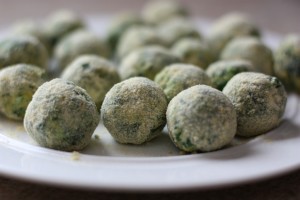
Bring a large pot of water to a boil over high heat. Add 5 or 6 dumplings. Lower the heat so the water barely simmers. Poach for 10 minutes. Use a slotted spoon to transfer the dumplings from the pot to a 9 x 13-inch (23 x 33-cm) baking dish or an oblong roasting pan. Then add 5 or 6 more dumplings to the pot and repeat the poaching process again—and again—until all the dumplings are done and in the baking dish or roasting pan. Why not just toss them all into the water at once? Because they’ll crowd the pot and stick together. You want enough space so they can bounce around freely in the simmering water.
Position the rack in the center of the oven and preheat the oven to 375 F (190 C). Melt the butter in a small saucepan set over medium-low heat. Whisk in the all-purpose flour. Whisk over the heat for 30 seconds. Then whisk in the milk in dribs and drabs, a little bit each time to form a paste—and then more at a time, although never more than a slow, steady drizzle.
Once all the milk is in the pan, whisk in the wine, raise the heat to medium, and whisk until bubbling and slightly thickened, just a minute or so.
Pour this sauce over the dumpling balls in the baking dish or roasting pan. Sprinkle the remaining grated cheese over the dish. Bake until the sauce is bubbling and just beginning to brown, about 15 minutes. Cool in the pan for 5 minutes before serving.
